I assume you have something like this:
CREATE TYPE dbo.PuppyType AS TABLE (
PuppyId int NOT NULL PRIMARY KEY,
Name nvarchar(50) NOT NULL,
BarkVolume int NOT NULL
);
GO
CREATE TABLE dbo.Doggos (
DoggoId int NOT NULL IDENTITY PRIMARY KEY,
SourcePuppyId int NULL,
Name nvarchar(50) NOT NULL
);
GO
CREATE TABLE dbo.BarkMeasurements (
MeasurementId int NOT NULL IDENTITY PRIMARY KEY,
DoggoId int NOT NULL,
BarkVolume int NOT NULL,
CONSTRAINT FK_Barks_to_Doggos FOREIGN KEY ( DoggoId ) REFERENCES dbo.Doggos ( DoggoId )
);
Your PROCEDURE should look like this (there's a lot of boilerplate for transactions and error-handling...):
- Use a
TRY block with BEGIN TRANSACTION + COMMIT TRANSACTION to ensure the operation is atomic: so if it fails then everything will be rolled-back and you won't have incomplete data in your database.
- Use the
OUTPUT clause of DML (redirected to a local table-variable) to capture newly generated IDENTITY values and reuse them for mapping and inserting into additional tables.
- So use
MERGE INTO with an always-false match condition (ON 1 = 0) to force an INSERT-only MERGE and OUTPUT the inserted data to a table-variable @dboPuppiesInsertOutput.
- Then for the second table you can use a simpler
INSERT INTO x ( y, z ) SELECT y, z FROM a INNER JOIN @dboPuppiesInsertOutput statement.
- You can add an
OUTPUT clause to this too to return that inserted data to the SQL Server client if you like.
Like so:
CREATE PROCEDURE dbo.InsertPuppyData
@puppies dbo.PuppyType READONLY
AS
SET NOCOUNT ON;
SET XACT_ABORT ON;
BEGIN TRY;
BEGIN TRANSACTION insertPuppiesTxn;
--
DECLARE @dboPuppiesInsertOutput TABLE (
PuppyId int NOT NULL PRIMARY KEY,
DoggoId int NOT NULL
);
-- Need to use MERGE because INSERT doesn't let you OUTPUT extra data.
-- Also need HOLDLOCK: https://dba.stackexchange.com/questions/187776/merge-deadlocking-prevention
MERGE INTO dbo.Doggos WITH (HOLDLOCK) AS tgt
USING @puppies AS src ON 1 = 0
WHEN NOT MATCHED BY TARGET THEN
INSERT ( SourcePuppyId, "Name" )
VALUES ( src.PuppyId, src."Name" )
OUTPUT
src.PuppyId,
inserted.DoggoId
INTO @dboPuppiesInsertOutput;
-- We can use INSERT here as we don't need MERGE's more powerful OUTPUT clause:
INSERT INTO dbo.BarkMeasurements ( DoggoId, BarkVolume )
SELECT
m.DoggoId,
p.BarkVolume
FROM
@puppies AS p
INNER JOIN @dboPuppiesInsertOutput AS m ON p.PuppyId = m.PuppyId;
--
COMMIT TRANSACTION insertPuppiesTxn;
RETURN 0;
END TRY
BEGIN CATCH
IF @@TRANCOUNT >= 1 ROLLBACK TRANSACTION insertPuppiesTxn;
THROW;
END CATCH;

